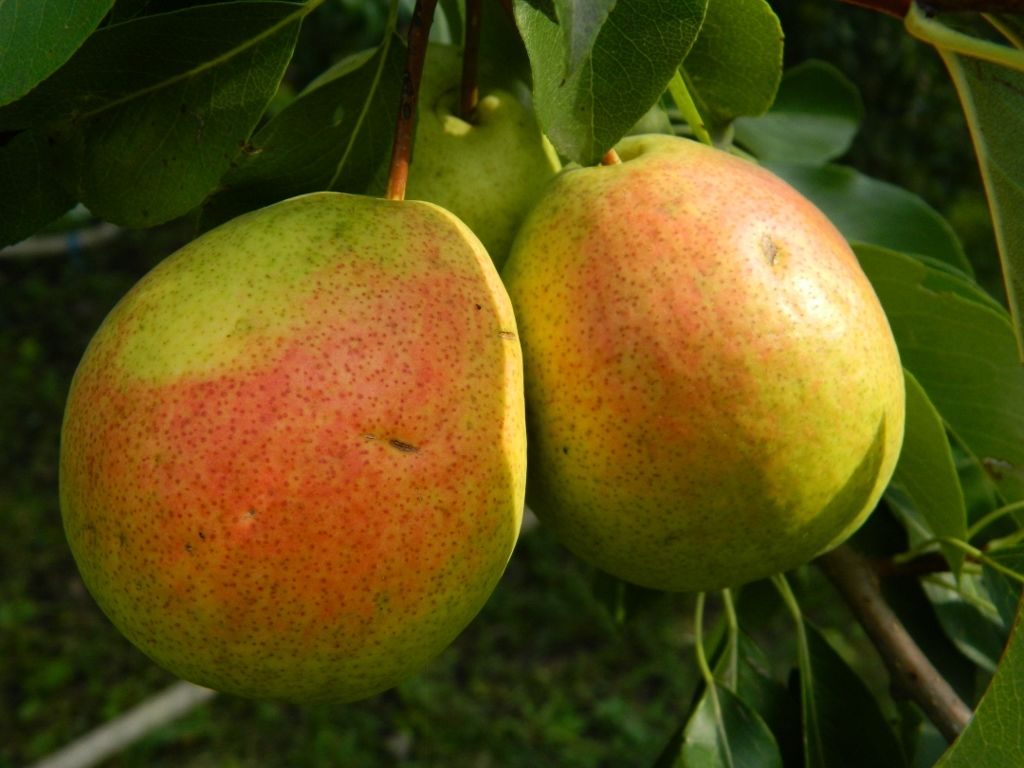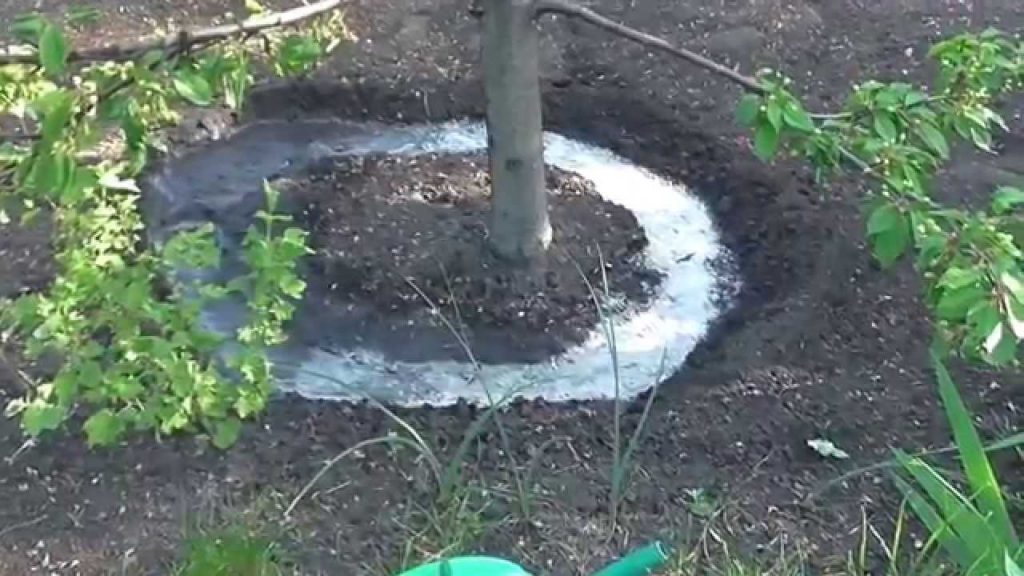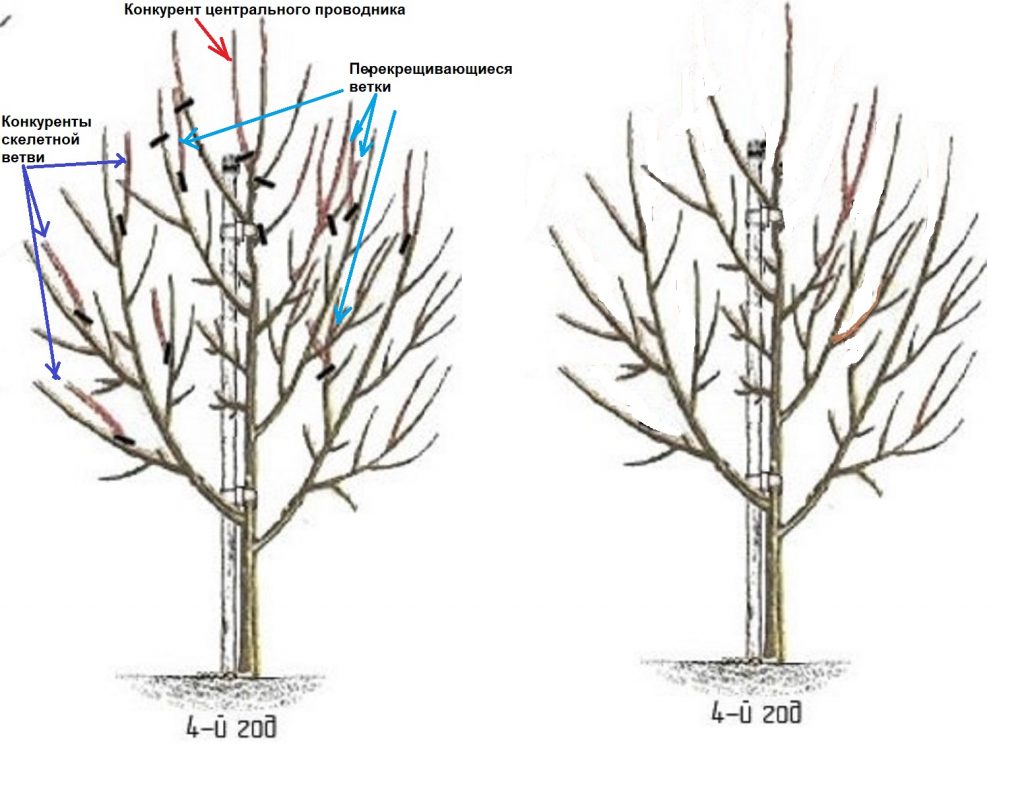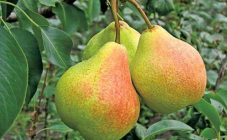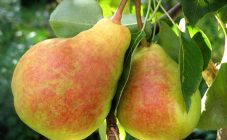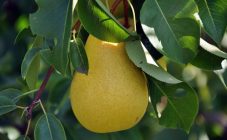Content:
Pear is an ancient horticultural crop, which is very popular today, is actively grown in garden and backyard plots. The first varieties appeared three thousand years ago, and since that time, breeders have been improving them. Among the most famous and popular varieties of the fruit tree, the Severyanka variety occupies a special place.
History of creation
Pear Severyanka belongs to the type of early summer pear varieties. Brought to the All-Union Research Institute of them. I.V. Michurin by hybridization of two varieties: Koperechka Michurinskaya No. 12 and Lyubimitsa Klappa. The authorship of Severyanka belongs to P.N. Yakovlev. After the state test of the variety, it was recommended for zoning in several regions of Russia at once: Volgo-Vyatka, Ural, Far East and others. The variety is especially widely known in Bashkiria, Kurgan, Chelyabinsk, Kostanay regions. Severyanka was most widespread in the Urals, but today the production value of the variety has significantly decreased, and it is rarely used in new plantings.
Features of pear varieties Severyanka
The description of the pear variety Severyanka is as follows. The pear tree is characterized by a dense, wide, pyramid-shaped crown. Branches in relation to the trunk are located at an acute angle. The smooth bark is brown. The leaf plates are narrow, with a glossy surface. The thickness of the slightly curved shoots is medium, the color is brown. The flowers of the Severyanka are white, the whole petals are weakly in contact with each other.
The Severyanka summer pear is highly resistant to severe frosts, therefore pears can be grown in regions with a cold climate.
Red-sided fruits, smooth to the touch, are oval-shaped. A ripe pear turns into a greenish yellow color. The stalk is medium, straightened. The brown ovoid seeds are rather large.
There are no stony cells in the cream-colored semi-oily pulp. Its density is average. The sweet taste of the red-cheeked fruit gives off a slight sourness. The aroma of the pulp is weak.
Growing and care
The Severyanka pear variety is distinguished by its unpretentiousness in planting and caring for it. However, the basic rules for growing and proper crop care still need to be studied.
Landing
Planting can be done both in autumn and in spring. Before directly placing the seedling in the ground, you need to prepare a planting pit. If the beginning of cultivation falls on the spring season, preparatory measures are carried out two weeks before planting. The pit should be one meter in diameter and about half a meter deep. A layer of a nutrient mixture consisting of compost and potash fertilizers is laid on the bottom, after mixing it with the ground.
The landing site should be well protected from the wind, but so that the sun's rays can brightly illuminate the area.
For Severyanka, sandy loam or loam is perfect. The depth of the groundwater should not exceed two meters, otherwise the tree will not be able to develop and, in the end, will die.
Care
To achieve the highest possible yield of Severyanka, it is necessary to follow several fairly simple rules of agricultural technology.
Since this variety is self-pollinating, there is no need to worry about pollination, because there is no need to plant pollinators nearby.
Watering
As for watering, it is best to use the sprinkler method for this. This culture does not really like moisture, but its lack will negatively affect the condition of the fruit tree. That is why it is very important to observe the golden mean here. Sprinkling will provide the roots with the moisture they need. If this method is unavailable for any reason, it is recommended to form a shallow (15 cm) groove along the entire peri-stem circle and fill it with water. Watering is carried out six times in one season.
Fertilizers
The tree is fed in the spring until the buds bloom. Fertilizers must contain nitrogen. The use of bird droppings is allowed as a top dressing. At the end of the flowering period, the soil is fertilized in order to achieve the best crop quality. In this case, use a nitroammophoska mixed with a lot of water. In the summer, the pear is fed with mineral mixtures, doing this in combination with watering. They are brought in two or three times throughout the season. In autumn, the tree is fertilized with humus and wood ash. The latter is added in the process of digging under the top layer of the earth.
Pruning
The first pruning of the pear should be done immediately after planting. The reference point is the height of the tree, which will be 70-90 cm. The shoots must be shortened by one third, but in such a way that one of them has at least three developed buds. The side branches should also be trimmed. This procedure is carried out in the spring every year for three years. In the following years, regular thinning and sanitary pruning is carried out.
Pests
Severyanka is distinguished by good resistance to pests and diseases, however, if the rules of cultivation and care are not followed, the pear can easily suffer from such pests as:
- honeydew;
- gall mite;
- moth.
In all three cases, the tree is treated with insecticides in combination with other chemicals.
Advantages and disadvantages of the variety
The main advantages of Severyanka are:
- average fruit tree size;
- early maturity;
- high productivity;
- frost resistance;
- universal purpose of fruits.
Among the disadvantages of the variety are:
- small fruit size;
- strong crumbling during ripening;
- not the best taste characteristics.
Severyanka pear varieties are perfect for growing in garden plots. Agricultural technology does not require adherence to complex rules, so even inexperienced summer residents and gardeners can start growing the variety. This pear has many advantages with a relatively small list of disadvantages.
